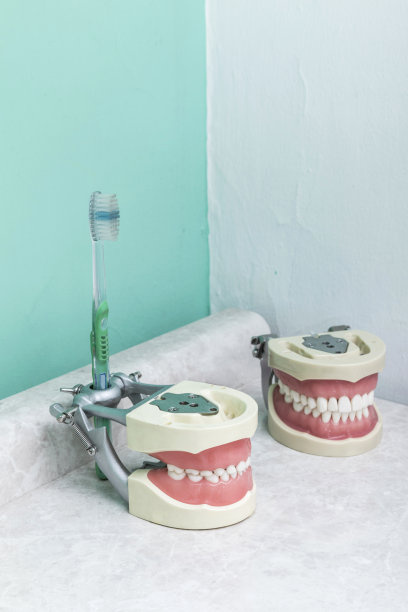Essential Precautions to Take Before and After Dental Filling to Ensure Optimal Results and Maintain Oral Health
Summary: Dental fillings are essential for restoring tooth function and preserving oral health. However, certain precautions must be taken both before and after the procedure to ensure optimal results and maintain a healthy mouth. This article outlines key steps to follow, including pre-appointment preparations, understanding the filling materials, immediate post-filling care, and long-term oral hygiene practices. By adhering to these guidelines, individuals can minimize discomfort, prevent complications, and extend the longevity of their dental fillings, ensuring they contribute positively to their overall health.
1. Effective Preparation Before the Dental Filling

Before undergoing a dental filling procedure, adequate preparation is crucial for a smooth experience. First, it is essential to communicate openly with your dentist about any medications you are taking. Certain medications may affect blood clotting or oral health, which could complicate the procedure. Ensuring that your dentist is aware can help in planning the necessary precautions to take during treatment.
Additionally, consider scheduling the appointment for a time when you can recover comfortably afterward. This may mean avoiding busy days or events after your visit to ensure that you have time to follow through with post-filling care. Moreover, having a support person accompany you to the appointment can be helpful, especially if sedation is used during the procedure.
Lastly, establishing a pain management plan can make the experience more manageable. Discussing options, including over-the-counter pain relievers or prescription medications, can help prepare you for any discomfort that may arise post-procedure. This proactive approach ensures that you’re well-equipped to handle the days following the filling.
2. Understanding Dental Filling Materials
Knowing the type of dental filling material used during your procedure is vital for both short-term expectations and long-term care. Common materials include amalgam, composite resin, gold, and porcelain. Each type has distinct properties that affect durability, aesthetics, and suitability for different locations within the mouth.
Amalgam fillings are known for their strength and longevity, making them ideal for molars where pressure during chewing is significant. Conversely, composite fills provide a more natural look, making them favorable for front teeth but may require more maintenance. Understanding these differences helps you make informed decisions about your fillings, and expectations regarding their lifespan.
Be sure to discuss any allergies or sensitivities with your dentist concerning dental materials. This can prevent complications during or after the filling process. Being informed will help you feel more in control and confident in the procedures success.
3. Immediate Care After Receiving a Filling
Once the dental filling is in place, immediate care is essential for optimal healing. Avoid eating or drinking for at least an hour after the procedure. This allows the filling to set properly, especially for materials that cure or harden over time. Adhering to this precaution can prevent damage to the filling and minimize sensitivity around the treated area.
After the numbness from anesthesia wears off, its normal to experience some sensitivity to hot, cold, or pressure. If discomfort persists beyond a few days, or if you notice increased pain or swelling, contact your dentist promptly. Early intervention can prevent complications from arising and ensure that any issues are addressed swiftly.
During the first few days following the filling, eat soft foods and maintain a gentle oral hygiene routine. Use a soft-bristled toothbrush to ensure the area around the filling stays clean without causing irritation. This will aid in the healing process and contribute to overall oral health.
4. Long-term Oral Hygiene Practices
To maintain the integrity of your dental filling and ensure it lasts as long as possible, adopting a long-term oral hygiene routine is essential. Regular brushing and flossing are the cornerstones of good oral health. Focus on brushing twice daily and incorporating fluoride toothpaste, which helps strengthen tooth enamel, including around fillings.
Incorporate regular dental check-ups into your routine, ideally every six months. These visits allow your dentist to monitor the condition of your fillings and address any issues before they escalate. Additionally, professionals can provide deep cleanings that remove plaque and tartar buildup, ensuring that your entire mouth remains healthy.
Lastly, be aware of your dietary choices. Limit sugary snacks and drinks, as these can contribute to tooth decay and impact fillings negatively. Instead, opt for a balanced diet rich in vitamins and minerals that support oral health, such as calcium and vitamin D, which are vital for strong teeth.
Summary:
The importance of taking precautions before and after dental fillings cannot be overstated. Proper preparation, understanding of materials, immediate post-procedure care, and long-term hygiene practices work together to ensure optimal dental outcomes. By following these essential guidelines, individuals can maintain their oral health and enjoy the benefits of their dental fillings for years to come.
This article is compiled by Vickong Dental and the content is for reference only.



